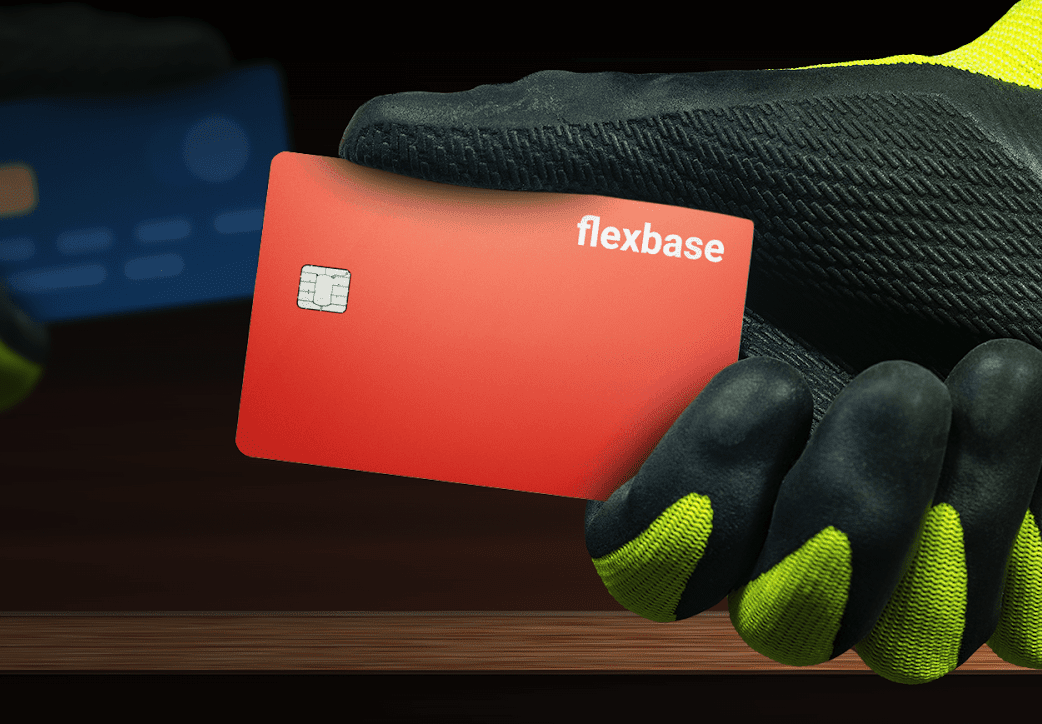Introduction to Credit Cards
Credit cards have revolutionized how we handle our finances, offering convenience and flexibility in our everyday transactions. But what if there was a credit card that could provide even more benefits than traditional ones? Enter the Flexbase Credit Card – a modern solution to your financial needs. In this blog post, we will dive into the world of Flexbase Credit Cards and explore how they stack up against traditional credit cards. So sit back, relax, and get ready to discover which option might be better suited for you!
What is a Flexbase Credit Card?
Flexbase credit cards, a new player in the financial game, offer a fresh take on traditional credit cards. Unlike their conventional counterparts, Flexbase cards are designed to give users more flexibility and control over their spending habits. But what exactly sets them apart?
A Flexbase credit card operates on a unique payment structure that allows users to pay off their balance based on a percentage of their income rather than a fixed amount each month. This innovative approach aims to align payments with your financial situation, making it easier to manage expenses.
With features like real-time spending tracking and personalized budgeting tools, Flexbase cards empower users to make informed financial decisions. Plus, adjusting payment schedules can help avoid unnecessary fees and interest charges.
Flexbase credit cards cater to individuals looking for greater control and customization when managing their money. So, if you value flexibility and transparency in your financial transactions, a Flexbase card might be the perfect fit!
How Does a Flexbase Credit Card Work?
Flexbase credit cards operate on a unique model compared to traditional credit cards. When you purchase with a Flexbase card, the amount spent is deducted directly from your linked bank account in real-time. This means there are no bills to pay at the end of the month – it’s like using a debit card but with the benefits of a credit card.
The innovative technology behind Flexbase allows instant transaction notifications and spending insights on your phone. Plus, you won’t incur interest charges or late fees since there is no revolving balance.
With Flexbase, you can fully control your spending limits and customize them based on your needs. Whether it’s setting daily caps or restrictions on certain types of transactions, this flexibility puts you in charge of managing your finances effectively.
By understanding how a Flexbase credit card works, you can take advantage of its convenient features and streamlined payment process for a smarter approach to handling your finances.
Comparison of Benefits and Features between Flexbase and Traditional Credit Cards
Flexbase credit cards offer a unique cashback system that rewards users for making everyday purchases. Traditional credit cards, on the other hand, may have points systems or travel rewards as incentives.
When it comes to flexibility, Flexbase credit cards allow users to customize their rewards based on their spending habits. This personalized approach separates them from traditional credit cards with fixed reward structures.
In terms of fees and interest rates, Flexbase credit cards may have lower annual fees and interest rates compared to traditional ones. This can be a significant factor for individuals looking to save money in the long run.
Some Flexbase credit cards offer innovative security features, such as virtual card numbers for online transactions. These added layers of protection can give users peace of mind when shopping online.
The choice between a Flexbase and a traditional credit card depends on individual preferences and financial goals. Each type offers unique benefits and features tailored to different consumer needs.
Advantages of Using a Flexbase Credit Card
Flexbase Credit Cards offer a range of advantages that make them an appealing choice for many consumers. One key benefit is the flexibility they provide in terms of payment options. With a Flexbase card, users can pay their balance in full each month or opt for a flexible repayment plan based on their financial situation.
Another advantage of using a Flexbase Credit Card is the lower interest rates than traditional credit cards. This can save cardholders money over time, especially if they carry a balance from month to month. Additionally, some Flexbase cards come with rewards programs that offer cashback or other perks for everyday purchases.
Moreover, Flexbase Credit Cards often have fewer fees than traditional credit cards, making them a cost-effective option for those looking to manage their finances efficiently. The ability to track spending and set budgeting goals through online platforms or mobile apps is another convenient feature that sets Flexbase cards apart.
The advantages of using a Flexbase Credit Card cater well to individuals seeking greater control over their finances and more flexibility in managing their spending habits.
Disadvantages of Using a Flexbase Credit Card
Flexbase credit cards, while offering many benefits, also come with their own set of disadvantages. One drawback is the potential for higher interest rates than traditional credit cards. This can increase costs if balances are not paid off in full each month.
Another downside is that Flexbase credit cards may need more acceptance at certain merchants or online retailers. Checking where your card is accepted is essential to avoid any inconvenience when purchasing.
Additionally, some users might find the rewards and perks offered by Flexbase credit cards less appealing than those provided by traditional credit cards. This could be a significant factor for individuals who prioritize maximizing rewards on their spending.
Managing multiple financial products like Flexbase credit cards alongside other accounts can lead to confusion and potentially overspending if not monitored closely. Keeping track of due dates and balances across various platforms requires extra attention and organization from cardholders using these types of cards.
You read also more : gilbert atomic energy lab for sale
Conclusion: Which Option Is Better for You?
After exploring the features and benefits of Flexbase credit cards versus traditional credit cards, it is evident that each option has its own set of advantages and disadvantages. The choice between the two ultimately depends on your financial goals, spending habits, and preferences. Consider what matters most to you – whether it’s flexibility in payment options or maximizing rewards – before deciding which type of credit card suits you best. Take the time to evaluate your needs and compare them against the benefits offered by Flexbase and traditional credit cards to make an informed choice that aligns with your financial objectives.



